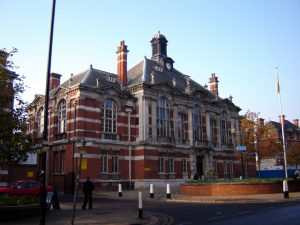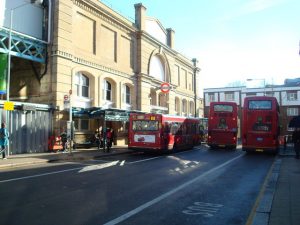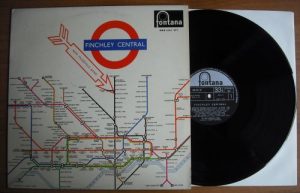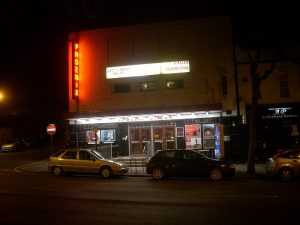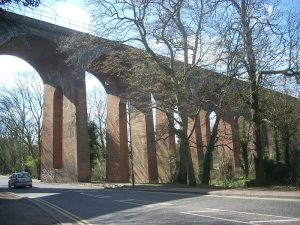Transfer from Finchley Central (N3) to Stansted Airport
The tram services came to Finchley Central in 1905. In a very short period of time, it was extended to Barnet. In the modern times, the trolley buses replaced the tram services. The Underground New Works Programme was introduced in 1933. The plan was to carry it out between 1935 and 1940. It implied the electrification of the lines in Finchley and the construction of a tunnel that would connect East Finchley with Archway.
The work began and was almost done when the World War II emerged. It was enough time for the East Finchley station to be rebuilt. However, in September 1939, the passenger services between Edgware and Finchley ended. In 1940, the underground trains ran from High Barnet to Central London. In 1941, they even ran to Mill Hill East, where the army barracks were placed.
The Metropolitan Green Belt was introduced after the end of the World War II. Thus, the pre-war plans were undermined and the authorities abandoned the upgrading of line between Edgware and Mill Hill East. The line was finally closed in 1964.

